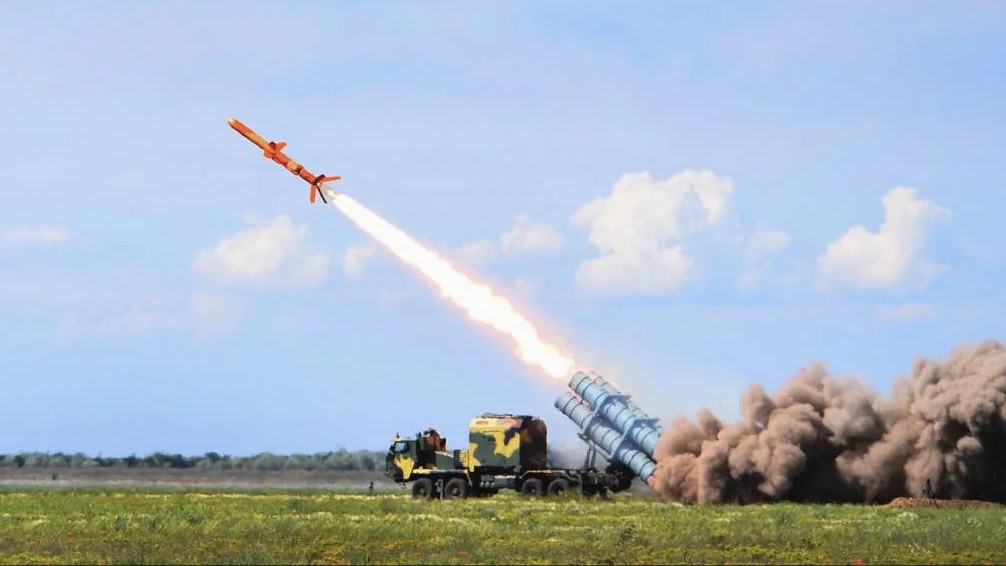Akula-Class INS Chakra III Submarine for India Delayed to 2028 Amid Russia-Ukraine Conflict

The eagerly anticipated arrival of the Akula-class INS Chakra III submarine for the Indian Navy has hit a significant delay, pushing its expected induction to 2028, three years later than initially planned. The INS Chakra III, a nuclear-powered attack submarine (SSN), was originally scheduled to join the Indian fleet in 2025, but the ongoing Russia-Ukraine conflict has disrupted the timeline, affecting Russia's defense production schedules and its capacity to deliver international defense commitments.
The Akula-class submarines are a cornerstone of advanced naval warfare, and India's acquisition of the INS Chakra III underlines the strategic importance of nuclear-powered submarines in modern military operations. In 2019, after protracted negotiations, India and Russia signed a substantial $3 billion lease agreement, paving the way for the delivery of the INS Chakra III. The deal marked the continuation of a vital defense relationship between the two nations, aimed at bolstering India's naval strength in the Indian Ocean Region (IOR).
One of the most compelling aspects of the Akula-class SSNs lies in their technological prowess. Unlike conventional diesel-electric submarines, nuclear-powered attack submarines such as INS Chakra III have immense operational advantages. They are capable of remaining submerged for months, thanks to their nuclear reactors, which grant them virtually unlimited underwater endurance and the ability to maintain higher sustained speeds. This endurance and speed allow for unmatched operational flexibility, making them well-suited for prolonged missions, surveillance, and critical anti-submarine warfare.
INS Chakra III, like its predecessors, will be armed with a range of advanced weaponry, including torpedoes and cruise missiles, designed to take out enemy submarines and surface ships. Although not equipped with nuclear ballistic missiles, the submarine will offer India a formidable attack platform with state-of-the-art sonar systems, improved stealth features, and reinforced hull structures for deep-sea maneuvers. These specifications promise significant upgrades over the earlier leased Akula-class submarines, namely INS Chakra I and INS Chakra II.
The history of Akula-class submarines in India's naval arsenal is rich and influential. The first leased submarine, INS Chakra I, arrived in 1988, giving India its initial experience with operating nuclear-powered underwater assets. This experience laid the groundwork for India's indigenous ballistic missile submarine (SSBN) program, which eventually produced the Arihant-class SSBNs. Later, INS Chakra II was leased in 2012, and its arrival provided a decade of operational insight, training, and technological knowledge. These experiences have significantly aided India's push toward self-reliance in submarine technology.
INS Chakra III promises to be an even more advanced version, featuring upgrades that encompass stealth and sensor technologies. The modernization work on the submarine involves complex customizations to meet Indian Navy requirements, which is a demanding process in itself. These refurbishments include equipping the submarine with more silent propellers, improved acoustic dampening to reduce detection, and new command and control systems for superior combat capability.
However, the current delay is primarily attributed to the geopolitical and logistical impact of the Russia-Ukraine war. The conflict has hampered Russia's industrial output and stretched its defense sector, leading to widespread disruptions in military production. India, which relies on Russian military equipment across various sectors, has experienced delays not just in submarine delivery but also in other key procurements.
Despite these setbacks, the strategic significance of INS Chakra III for India cannot be understated. The submarine will enhance India's underwater deterrence and give the Indian Navy a stealthy and robust platform to counter growing naval threats in the IOR. With the increasing presence of other naval forces, particularly China's, the Akula-class submarine's ability to perform covert operations, protect sea lanes, and execute extended reconnaissance missions will be crucial for maintaining regional security and power projection.
In essence, the delayed arrival of INS Chakra III is a reminder of the complexities of international defense collaborations, particularly in times of geopolitical turbulence. Yet, when finally inducted, the submarine will mark a leap forward in India's quest for strategic maritime dominance, adding a sophisticated and silent predator to the nation's underwater fleet.


